 I am very fortunate and blessed to be where I am now with my career in the document capture and enterprise content management (ECM) industry. I would not probably have planned it this way but it has turned out to serve me and, more importantly I would hope, those whom I’ve work with well. I have had the honor of being asked to blog a few entries for AIIM’s new ‘document capture’ community and I would like to take this initial post to share a little bit about myself, Kevin Neal.
I am very fortunate and blessed to be where I am now with my career in the document capture and enterprise content management (ECM) industry. I would not probably have planned it this way but it has turned out to serve me and, more importantly I would hope, those whom I’ve work with well. I have had the honor of being asked to blog a few entries for AIIM’s new ‘document capture’ community and I would like to take this initial post to share a little bit about myself, Kevin Neal.
First, and as full disclosure, I work with Fujitsu as a Product Marketing Manager for our document scanners [Updated 12/5/13: I no longer work for Fujitsu]. That being said, I consider myself a well-rounded technologist based on my business experience rather than a “marketing guy”. You will find my writing and thoughts to be honest and sincere.
I have worked in the document image processing (DIP), errrr ummm, document imaging management (DIM), errrr ummm, I mean ECM industry for over 21 years now. I’ve seen the industry change (more than just industry acronyms) and evolve over these years into something that is now top-of-mind for organizations and even individuals alike instead of being an expensive, niche, hard-to-understand and difficult to deploy technology. I have a dry sense of humor and I can be quite sarcastic so I’m sure that you will sense these Kevin Neal-ism’s in my writing so I apologize in advance. I hope that I can contribute real value to this industry based on my work experience and perspective gathered over these years.
So, twenty-one years ago, in 1989, I started in this industry with “first-hand” experience (literally) observing document scanning technology and working with leading vendors such as ViewStar, Calera, Caere, Xionics, LaserMaster, TDC, Keyfile, Watermark, Cornerstone, Artist Graphics and others that have since been acquired and molded into new current leading ECM vendors. This “first-hand” experience was me working in the shipping and receiving department at Law Cypress Distributing Company so it doesn’t sound as glorious as I spun-it in the first sentence, but it was an introduction to the technology and vendors none-the-less. I was quickly promoted to Inside Sales at the Company where I helped support our sales team. I also worked with the marketing team to create our first print catalog (yes, print catalog – remember Al Gore was still inventing the Internet in those days). In retrospect I look back on that as an extremely valuable project because I became familiar with the different parts of a document capture solution and how they fit together and complement each other. In addition to the warehouse and inside sales positions I held at the Company I also managed the Return Merchandise Authorization (RMA) and evaluation departments and this experience enabled me to test and troubleshoot all sorts of imaging equipment which was another invaluable experience. I left Law Cypress in 1993 only to return in 1999 but in a completely different capacity, as their Network Administrator.
During this time period between stints at Law Cypress, I held various sales and marketing positions at Bell Microproducts and International Computer Graphics, both of which have since been acquired. I was very proud of the success at both companies and it gave me great perspective on how overwhelming understanding even the basics of document capture and imaging can be for someone who are unfamiliar with this technology. You see even though both Companies sold IT products, document imaging was such a departure for our people internally as well as our customers that it took a lot of patience to eventually realize this success. This patience and trying to explain very technical things in a easy to understand fashion is what I gained most from this experience and I try to share in a similar matter to this day.
Fast forward to around the 1996 -1999 timeframe. I found myself completely out of the document capture business, yet still involved intimately with technology. Quite honestly I was frustrated with our industry at the time. Why? While the industry was growing and the technology was becoming better the truth is it was too expensive, too complicated to implement, too sophisticated to learn and way too niche. There were no big name IT players helping drive adoption of our technology an most of the technology was cutting edge type products only being embraced by true early adopters http://www.apte…net/. I don’t think the likes of Microsoft, Google, IBM, Adobe and others truly appreciated the value of “enterprise content”. Of course nowadays, each of these vendors has woven their products and services tightly into the ECM landscape through a series of acquisitions or flurry of product development recently which are directly related to document capture and/or managing business content. During these few years out of the document capture industry I worked as a consultant for a small company doing network installations and troubleshooting. Unbeknownst to me at the time this would turn out to be extremely valuable in my current position due to the fact that network-attach peripherals such a network scanners and multifunction devices seem to be all the rage. In conjunction to working as a consultant I also started my own web development company where I learned, mostly the hard way, many technical things not specific to document capture but are closely related.
As I mentioned earlier in this post I returned to Law Cypress in 1999 as their Network Administrator managing both the computer network and telephone system. I managed the network for the corporate location as well as several remote offices. Again, I could not appreciate how valuable this experience was at the time but, in retrospect, isn’t cloud computing somewhat similar to managing infrastructure, applications and communications over a network (internet)? Yes, I think the concept is somewhat similar and fortunately I can fall back on this experience for a basic understanding of concepts although the underlining technology might be different. It’s helped me to have a solid foundation of technical understanding. This experience has also given me great respect for the challenges of managing IT infrastructure. This is one of the reasons that I preach ease-of-use as a priority for vendors and one of the reasons we must strive as an industry to develop products that are highly functional, yet easy to use. IT departments know that they want to, and should, deploy document capture technology for the obvious benefits but most simply do not have the time or resources to add complication to their already difficult jobs.
I didn’t intend for this blog to be an summary of my entire business career but I did want to provide insight and background on myself. I think it’s important that readers of my posts understand I am speaking from experience and I can respect how document capture technology can affect, either positively or negatively, organizations. If an organization is attempting to change their whole way of doing business from paper-based process to electronic process this is not something to be taken lightly. A successful document capture and ECM strategy can drastically help organizations be more efficient, cut costs and improve process. While an unsuccessful implementation could become a burden with terrible consequences.
I hope you enjoy reading my, as well as my fellow bloggers, posts. I am always open to constructive criticism. I’m not always right – believe it or not – and I’m always willing to have a healthy debate about any topics. I look forward to your feedback and comments.
In summary, I hope you can appreciate my perspective and this is why I remain extremely positive in these challenging economic times. Because technology that improves efficiency, cuts costs and helps improve process can only be a good thing (when well understood) and that’s what we hope to deliver at http://www.aiim.org/Community/Blogs.
Sincerely,
Kevin
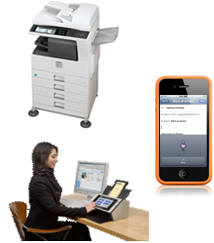



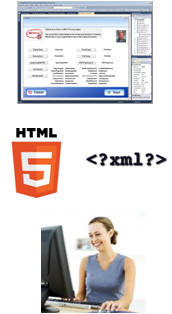

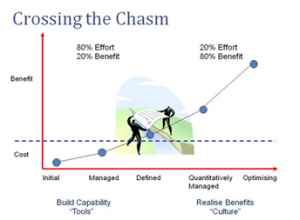
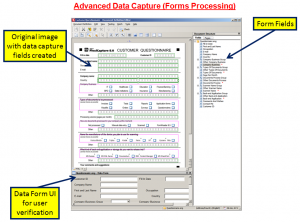
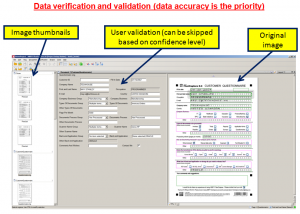
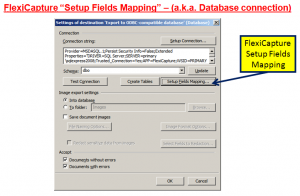
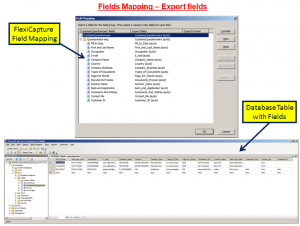
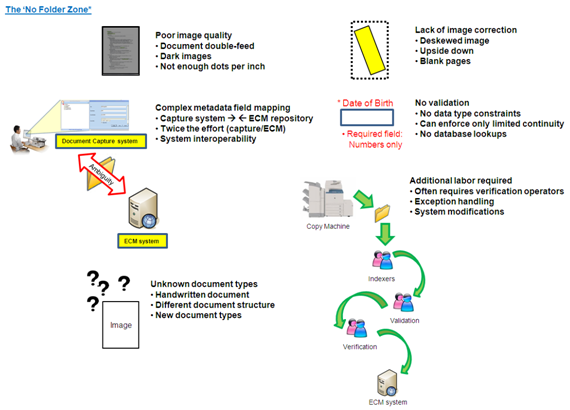

 I am very fortunate and blessed to be where I am now with my career in the document capture and enterprise content management (ECM) industry. I would not probably have planned it this way but it has turned out to serve me and, more importantly I would hope, those whom I’ve work with well. I have had the honor of being asked to blog a few entries for AIIM’s new ‘document capture’ community and I would like to take this initial post to share a little bit about myself, Kevin Neal.
I am very fortunate and blessed to be where I am now with my career in the document capture and enterprise content management (ECM) industry. I would not probably have planned it this way but it has turned out to serve me and, more importantly I would hope, those whom I’ve work with well. I have had the honor of being asked to blog a few entries for AIIM’s new ‘document capture’ community and I would like to take this initial post to share a little bit about myself, Kevin Neal.